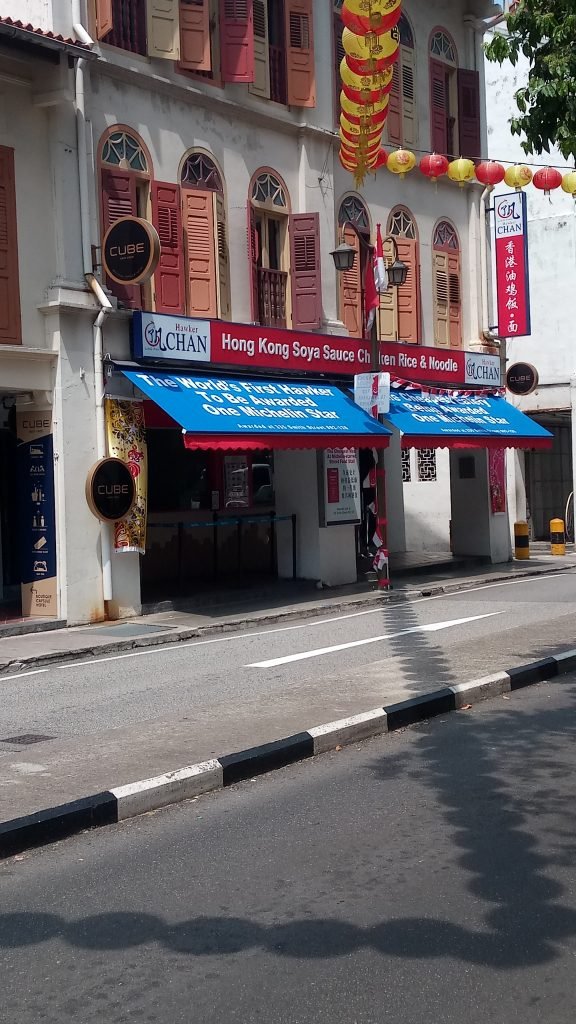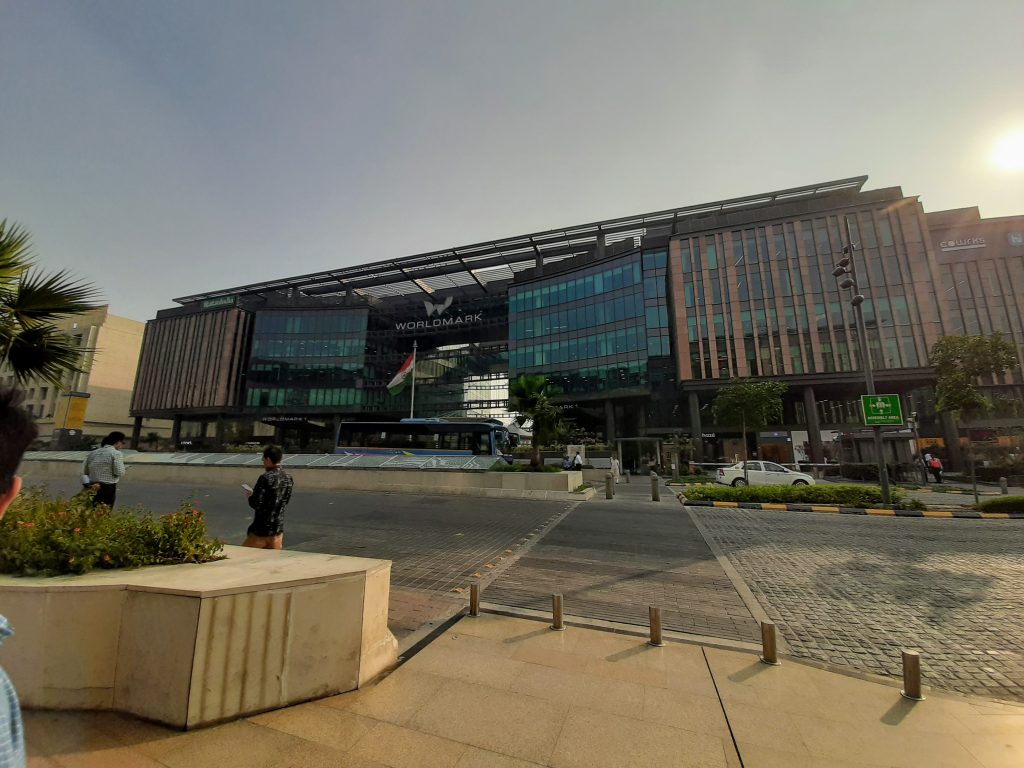making cities safe for women by design

Time and again, any horrific crimes against women bring up the argument ‘How safe are our cities’. What follows is appeals and posts by police and administration on helpline numbers, mobile apps and self-defence training for girls etc. Nothing different than the usual reactive approach to any issue.
The basic question of how to make our streets, neighbourhoods, urban spaces safer remains unattended. Either we have overcrowded streets with street hawkers or parking leaving no space to walk without being nudged by a passer-by. Or desolate unattended stretches with no soul seen for miles apart from fast-moving vehicles. Safety by design being an important component remains largely unexplored and overlooked.
Here are the ways where design intervention can make a difference in the city for women’s safety.
‘Eyes upon the street‘
The neighbourhood is an extension of our homes should have walkable active connections and a legible network of streets. Jane Jacobs in 1961 wrote, “There must be eyes upon the street, eyes belonging to those we might call the natural proprietors of the street”. And this holds true even today. Windows facing streets and active uses along streets helps in maintaining neighbourhood safety and also improving social cohesion.
Diversity of uses is another strategy to create an interest in activities bringing people in rather and make it safer than avoiding them. On the other hand, high fences and wide setbacks make the street dull, uninteresting and more prone to crime.

Gated communities work in silos
Moving beyond a neighbourhood to a city zone connectivity between existing and new neighbourhoods becomes significant. Gated communities work in silos and end up with poor connectivity to their surroundings. A well-defined Network of streets with minimal cul-de-sacs is the starting point. Streets here doesn’t imply the carriageway only but continuous well-designed paths for walking alongside. Long sightlines for monitoring and navigation is another important strategy to ensure no dark spots. Cycle tracks wherever possible as per the local conditions should be accommodated.
Limiting speed in arterial and major city roads ensures not only reduced traffic fatalities but provide a comfortable environment for pedestrians.
The aim should be to have at grade crossings and minimise underpasses as these often turn into ill-maintained dark alleys and the public start avoiding using them. Incorporating varied routes is another strategy for safeguarding city blocks and optimum sizing of blocks is essential.
Public open spaces and parks
Crime Lab New York in collaboration with the New York Police Department in the Street light experiment found that developments that received new lights had a lower crime rate. A 36% reduction in the “index crimes” subset including murder, robbery and assault was observed with an overall 4% reduction in index crimes. Ensuring streets, plazas, parks are well maintained and well-lit not only makes women feel safer but brings in more users thus increasing comfort.

Along with lighting, visibility is an important strategy by guaranteeing parks and open spaces are visible from houses, shops, schools and encouraging the use of public facilities at all times of the day. Planting and landscaping should not block views of paths from surrounding developments. And isolated pockets within parks should be avoided. Vegetation in public parks should not obscure lighting
Public transport and streets are interconnected
Pedestrian movement routes can be safeguarded by locating cafes, shop entrances adjacent to these routes. Similarly providing active recreational and commercial facilities near Public transport stations, not only for safety by will encourage people to use these facilities more. Crossings for pedestrians/ cyclists should be well designed and earmarked. Complimenting this should be legible well-lit signage.
It is vital to identify less used paths/ passageways and conduct Safety audit to identify dark spots and make these safer by necessary interventions.
Wide, well lit, green sidewalks with enough space for strollers should be the norm. And avoid dense shrubbery next to footpaths and have suitable lighting to ensure visibility.
Involve women in urban planning
Public amenities like public toilets, car parking, ATM’s etc should be placed in reachable and visible locations. Coupled with appropriate intensity and direction of lighting to improve visibility of these facilities.

The first step to having safer streets is to include women in the urban planning process as actors in the decision-making process. And women should be involved from the start and not just as a mere formality. Various interventions at different levels can be carried out to address the gaps and these are highlighted here in an attempt to have safe streets for all.

Well thought, well researched, well expressed. Hope the authorities lend an ear to an architect and a planner instead of incompetent politicians and babus who have zilch ideas about planning safe cities.